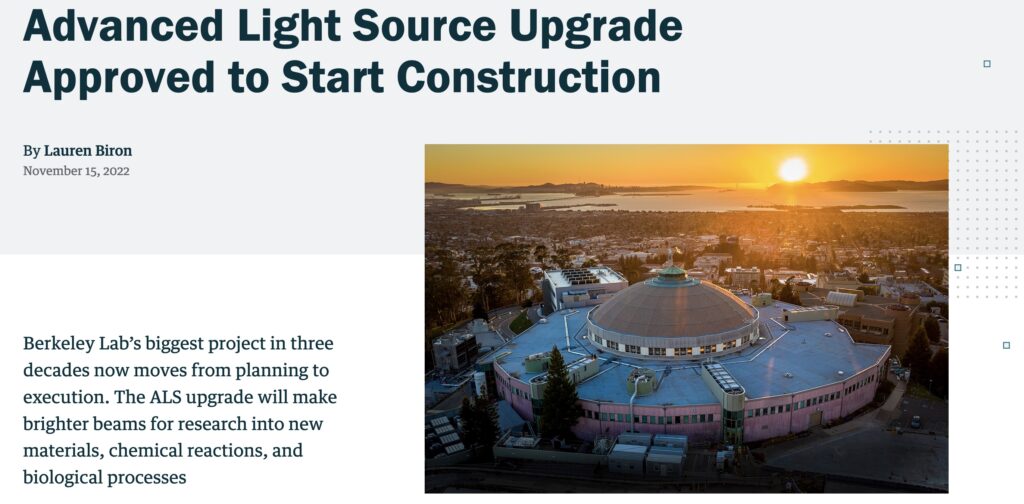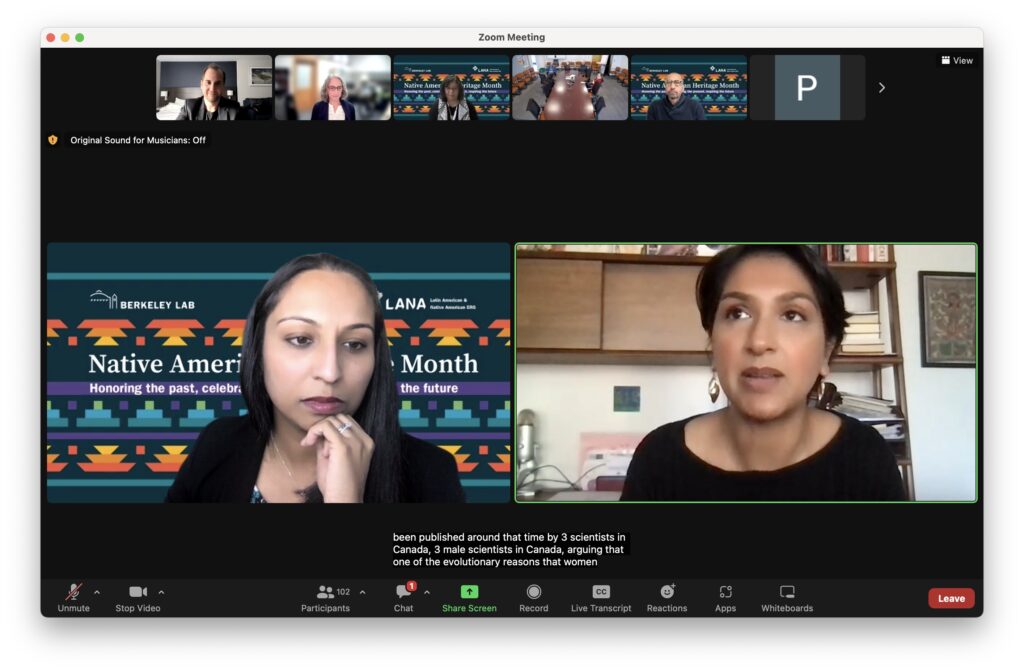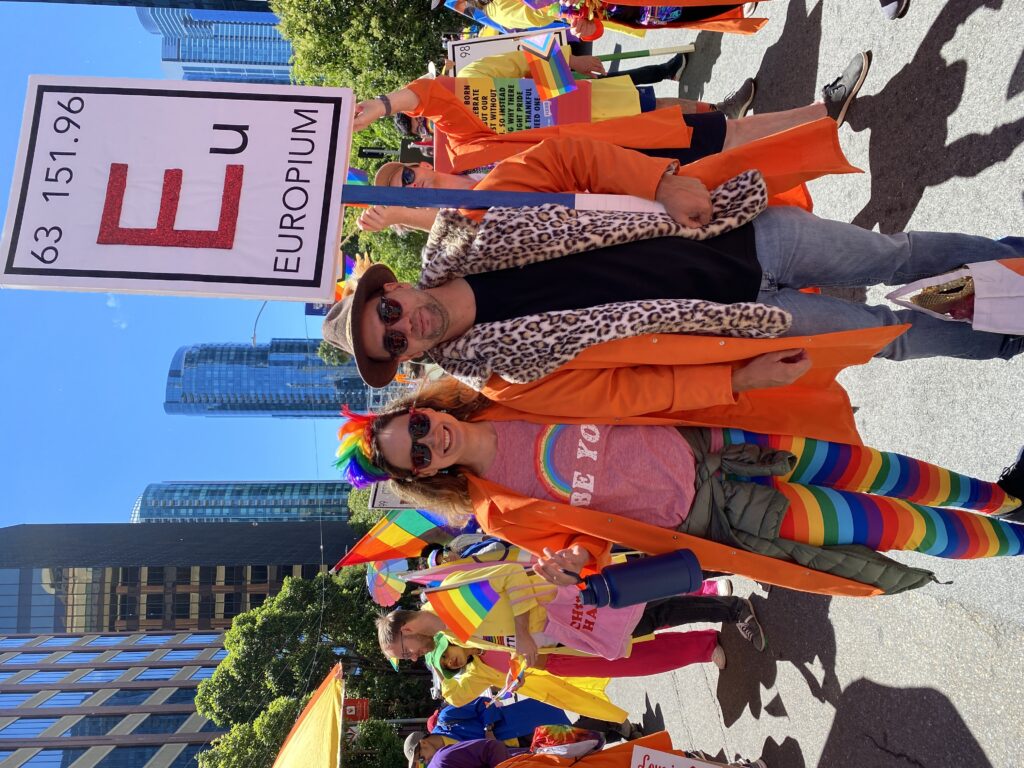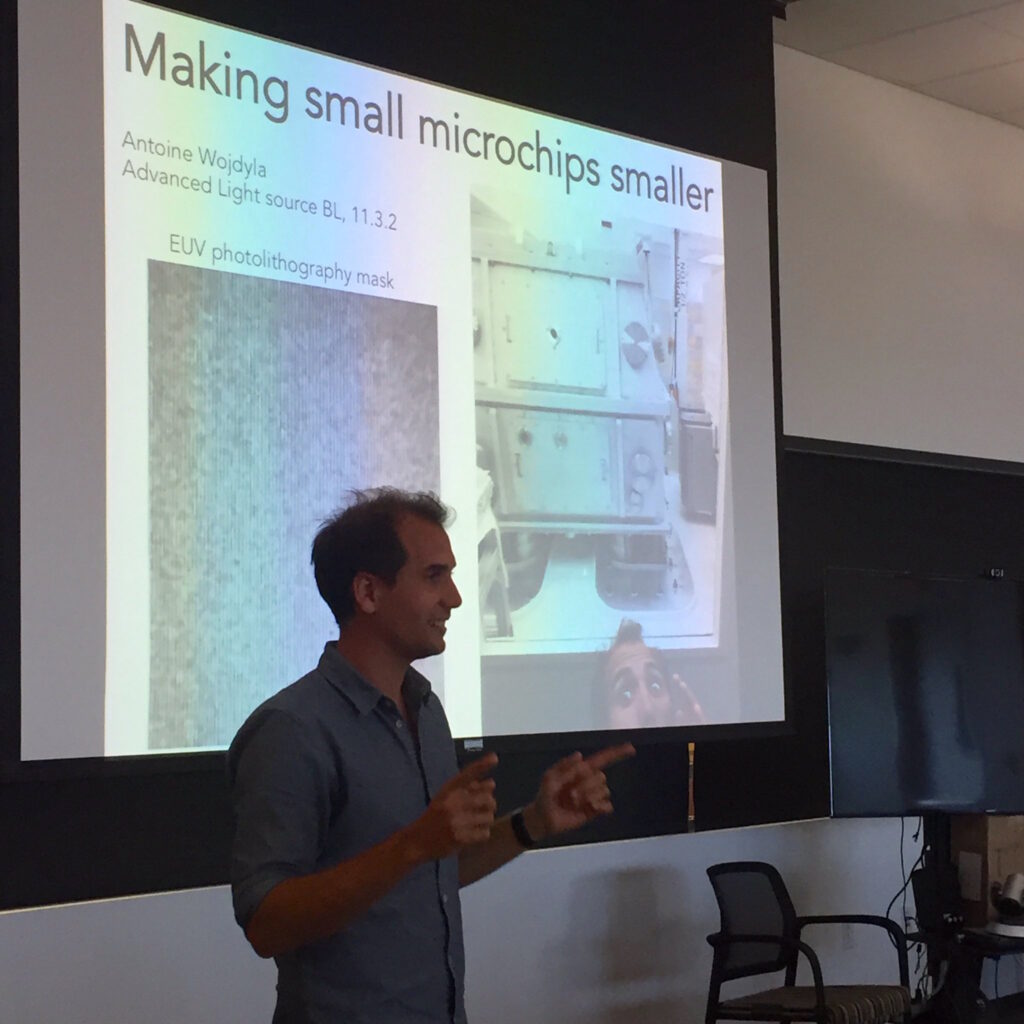In a our last paper, we present the use of machine learning to get the most of x-ray adaptive optics – and it works like magic! This was a great work accomplished by Gautam Gunjala, a grad student from UC Berkeley under a SCGSR grant, together with our wonderful colleagues from the Advanced Photon Source.
X-ray adaptive mirrors are very nice, because they allow to correct the shape of x-ray beams, when the beam gets distorted by mirror deformation or misalignment. That’s why we want to use them in the latest generation of synchrotron light source such as ALS-U or APS-U. Continue readingSubluminal
Slower than the speed of light, but not by much
Category Archives: berkeley lab
ALS-U CD-3
The Advanced Light Source upgrade project has received the Critical Decision 3, the very last step before we start building the facility – a $590M project for the US Department of Energy.
This is a great news for the facility, which will become the brightest soft x-ray light source in the world. I have worked on this project over the last five years, designing and simulating the new feature beamlines and developing new technologies to ensure optimal performance. Berkeley Lab news center: Advanced Light Source Upgrade Approved to Start Construction
Berkeley Lab news center: Advanced Light Source Upgrade Approved to Start Construction
“Wavefront Preservation in Soft X-Ray Beamlines for the Advanced Light Source Upgrade.”
Antoine Wojdyla & Kenneth A. Goldberg
Synchrotron Radiation News, 34(6), 21–26 (2021).
https://doi.org/10.1080/08940886.2021.2022398
Penn State University (Fall 2022)
I had a great time at Penn State University, where I was positively impressed by the facilities and the people!
I mainly visited the Material Research Institute and the department of Astronomy and Astrophysics, where they are developing x-ray adaptive optics for space application together with NASA, for the Lynx project.Thanks Susan Trolier-McKinstry for hosting me!
Angela Saini at Berkeley Lab
We were pleased, as Berkeley Lab Global Employee Resource Group co-chairs, to invite and co-organize with Angela Saini at Berkeley Lab on November 9th, 2022.

Author Angela Saini in conversation with Aditi Chakravarti from the Diversity and Inclusion office at Berkeley Lab (IDEA)
More details about the event:
global.lbl.gov/events/idea-speakers-series-angela-saini
Moment of pride
We won the San Francisco pride… Say it Loud: Lab Wins Pride Parade Award

new website: dream beam
Hello everyone!
I have a new website to talk more specifically about our work on adaptive optics for coherent beamlines (the DREAM beam project.)
How to get the most out of a conference in person
Dream beam
I am very happy to announce that was granted en Early Career Research Award by the US Department of Energy, to work on the DREAM beam: Diffraction-limited Radiation Enhancement with Adaptive Mirrors for x-ray coherent beamlines.
Here are some news releases:Competes
Yesterday we received a visit of the speaker of the House, Nancy Pelosi, who came to Berkeley lab for a press conference around the COMPETES act, which aims to bolster STEM education in the US and revive semiconductor manufacturing.
Full video: Speaker Pelosi Holds Event on America COMPETES ActWhen people ask me what are the answers to some of the challenges that we face, I always say the same thing: Science, Science, Science and Science – Nancy Pelosi
We are quite honored that she chose the Advanced Light Source as backdrop for the announcement. There were also other congresswomen Barbara Lee and Doris Matsui, together with Intel CEO Pat Gelsinger and UC President Michael Drake.
 Nancy Pelosi speaking in front of the Advanced Light Source
Nancy Pelosi speaking in front of the Advanced Light Source
EUV lithography makes headlines
EUV lithography is now part of everything – including the chips in your iPhone 12 and beyond. I don’t know if it’s because of the chip shortage, the $50B investment of the US government in semiconductor manufacturing, or the realization that having a nearly monopolistic market with its biggest player in Taiwan, at the mercy of an invasion, but there’s a lot of press on EUV lithography right now (I’ve been talking about my work on the topic at Berkeley Lab here: SHARP and MET5, and shared some thoughts on Moore’s law here.)
Here’s a few pieces:
- The $150 Million Machine Keeping Moore’s Law Alive (Wired, very similar to our piece in the Berkeley Science Review)
- Inside the Taiwan Firm That Makes the World’s Tech Run (Time)
- The Tech Cold War’s ‘Most Complicated Machine’ That’s Out of China’s Reach (New York Times)
- Intel slipped—and its future now depends on making everyone else’s chips (Ars Technica)
In this story, ASML is the quiet powerhouse – they have a de facto monopoly (their stock rose 10x over the last 5 years) and they keep expanding (ASML opens new state-of-the-art R&D facility in Silicon Valley.) There’s been some hardball played here, with the US pressuring the European company not to sell their technology with China (Reuters), as if it made any sense.
Besides, I am stoked to see my former colleagues from the Center for X-Ray Optics receive recognition for their work!I hope we’ll get to develop new techniques with x-rays using diffraction-limited beams to further the advances in semiconductors and microchips – skyrmions, superconductivity, memristors, and so many other cool things!
power spectral density of an EUV coherent beam reflected on a naturally rough surface going through an objective zoneplate with a topological charge of 1




